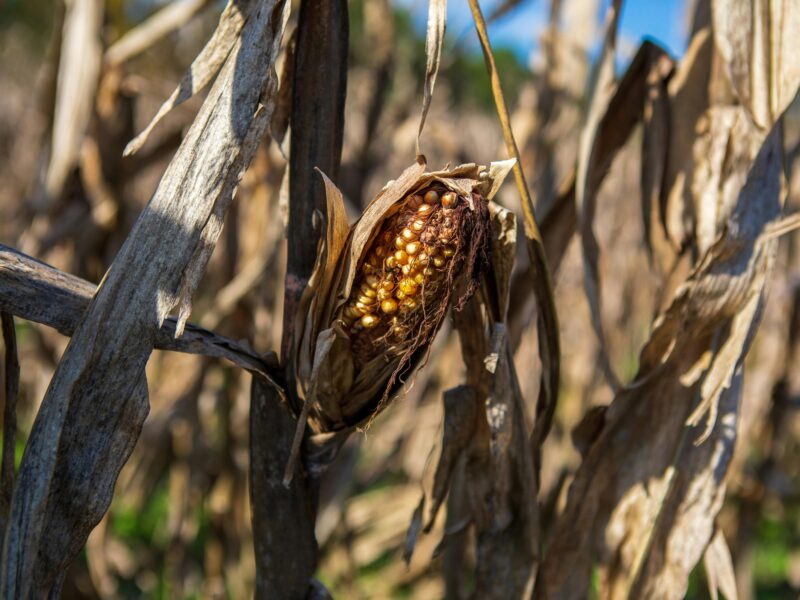Gardening is not just a seasonal hobby; it’s a year-round journey that requires careful planning and execution. Whether you’re a novice or a seasoned gardener, understanding what to plant and when can turn your garden into a thriving, productive space throughout the year. This comprehensive guide covers everything from planting spring bulbs to reaping a bountiful fall harvest, ensuring your garden is in full bloom and your pantry stocked with fresh produce.
1. Spring: Time for Planting and Preparation
Spring is a season of renewal, and in the garden, it marks the beginning of the growing cycle. This is the time to start both your flower and vegetable gardens.
- Planting Bulbs: Early spring is ideal for planting bulbs such as tulips, daffodils, and alliums, which will provide vibrant blooms. Ensure the soil is workable and not too wet.
- Starting Seeds Indoors: Begin your vegetable garden by starting seeds indoors under grow lights. Tomatoes, peppers, and eggplants need a head start before the last frost date.
- Preparing the Soil: Prepare your garden beds by clearing out any debris, turning the soil, and enriching it with compost or aged manure to boost nutrient content.
2. Summer: Maintenance and Monitoring
Summer requires diligent care to keep your garden healthy and productive. It’s the time for growing, but also for maintaining.
- Regular Watering: Establish a regular watering routine. Early morning is the best time to water, helping plants withstand the heat of the day.
- Mulching: Apply a layer of mulch around your plants to help retain moisture, suppress weeds, and keep the soil temperature stable.
- Pest and Disease Control: Keep an eye out for signs of pests and diseases. Natural remedies like neem oil or insecticidal soap can help manage these issues without resorting to harsh chemicals.
3. Autumn: Planting for Fall and Preparing for Winter
Autumn is not just about harvesting; it’s also an important time for planting and preparing your garden for the colder months ahead.
- Planting Fall Crops: Sow seeds of cool-season crops like spinach, kale, and radishes. These can grow well in the cooler temperatures of autumn.
- Harvesting Summer Crops: Finish harvesting summer crops like tomatoes, peppers, and cucumbers before the first frost.
- Preparing for Winter: Begin to winterize your garden by removing spent plant material, applying a layer of compost, and covering delicate plants with mulch or burlap sacks to protect them from freezing temperatures.
4. Winter: Planning and Protection
While winter is a quieter time in the garden, it offers an opportunity to plan for the upcoming year and protect your garden from the cold.
- Ordering Seeds: Use this time to research and order seeds for the next planting season. Planning ahead can help you get a jump start on spring.
- Protecting Perennials: Add an extra layer of mulch around perennials to protect them from freezing temperatures. This is especially important for newly planted or sensitive varieties.
- Indoor Gardening: Consider growing herbs or microgreens indoors to keep your green thumb active, even in the coldest months.
5. Year-Round Tips for Garden Success
Beyond seasonal tasks, there are ongoing activities that can enhance your gardening experience and improve the health and productivity of your garden.
- Composting: Maintain a compost bin to recycle kitchen scraps and garden waste into rich soil amendment.
- Crop Rotation: Practice crop rotation, especially in the vegetable garden, to prevent soil depletion and reduce the risk of disease.
- Continuous Learning: Stay engaged with the gardening community through books, workshops, and local garden clubs to learn new techniques and stay inspired.
6. The Benefits of Year-Round Gardening
Engaging with your garden throughout the year can provide numerous benefits:
- Sustained Harvest: By planning your plantings, you can ensure a continuous supply of vegetables and herbs.
- Improved Mental Health: Regular interaction with nature has been shown to reduce stress and improve mental health.
- Enhanced Biodiversity: A well-maintained garden supports a variety of wildlife, promoting a healthy ecosystem.
7. Troubleshooting Common Garden Issues
Even with careful planning, you may encounter issues. Here are some tips for common garden problems:
- Inadequate Pollination: Encourage pollinators by planting a variety of flowers and avoiding pesticides.
- Soil Problems: If plants are not thriving, test your soil and adjust its pH or nutrient levels as needed.
- Watering Woes: Over- or under-watering can stress plants. Invest in a soil moisture meter to better gauge your garden’s watering needs.
Conclusion
A successful garden requires attention and dedication throughout the year. By understanding the seasonal needs of your garden and planning accordingly,
you can enjoy a vibrant and productive space regardless of the season. Remember, each year is a learning experience, and each season brings its own joys and challenges. Embrace the cycle of the garden, and enjoy the fruits (and flowers) of your labor year-round.


